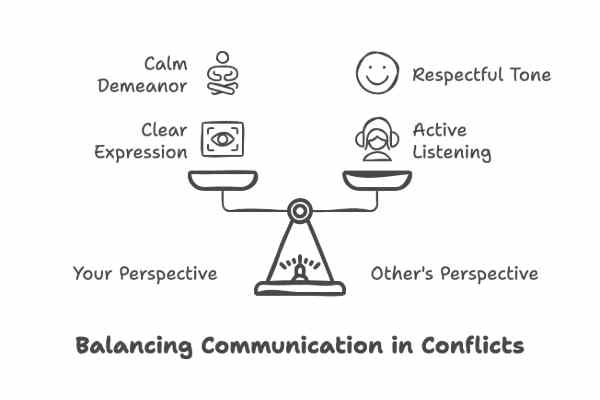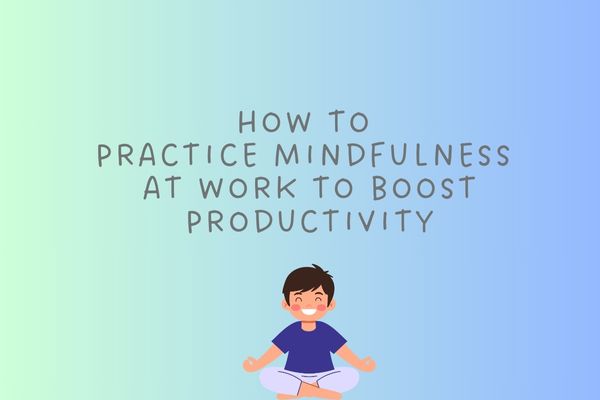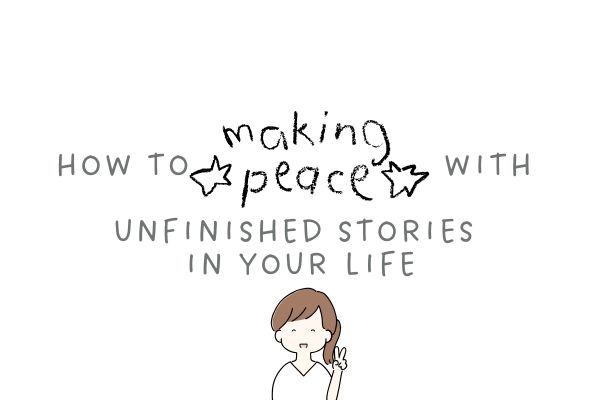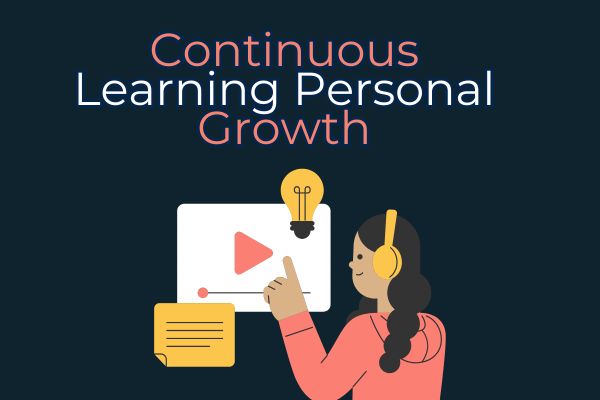Conflict is an inevitable part of human interaction. Whether in professional settings, personal relationships, or day-to-day encounters, disagreements and misunderstandings occur. However, the ability to communicate effectively during conflicts can turn a potentially destructive situation into an opportunity for growth, understanding, and resolution. In this article, we will explore strategies, techniques, and principles for effective communication during conflicts.
Understanding Conflict
What Is Conflict?
Conflict arises when two or more individuals perceive incompatibilities in their goals, values, or expectations. It can range from mild disagreements to intense disputes. While many view conflict as negative, it can also be constructive when handled correctly.
Why Effective Communication Matters
Effective communication is the cornerstone of conflict resolution. It fosters understanding, reduces tension, and builds trust. Poor communication, on the other hand, often escalates conflicts, leading to resentment and unresolved issues.
Principles of Effective Communication During Conflict
- Stay Calm and Composed
Emotions can run high during conflicts, making it easy to react impulsively. However, staying calm allows you to think rationally and respond thoughtfully.Tip: Practice deep breathing or take a moment to pause before engaging in the discussion. - Listen Actively
Active listening involves truly hearing what the other person is saying without interrupting or planning your rebuttal. It demonstrates respect and openness.Key Elements of Active Listening:- Maintain eye contact.
- Use affirming gestures like nodding.
- Reflect back what you’ve heard to ensure understanding.
- Use “I” Statements
Instead of placing blame with “you” statements, use “I” statements to express your feelings and needs. For example:- Instead of: “You never listen to me.”
- Say: “I feel unheard when I don’t get a chance to speak.”
- Avoid Assumptions
Misunderstandings often arise from assumptions. Clarify intentions and facts rather than jumping to conclusions.Example:- Instead of assuming someone ignored your message, ask: “I noticed I didn’t get a response. Was there an issue with the timing?”
- Focus on the Issue, Not the Person
Attack the problem, not the individual. Personal attacks create defensiveness and hinder resolution.Effective Approach:- Say: “Let’s figure out how we can improve this process together.”
- Avoid: “You’re always messing things up.”
Also check: How to Maintain Strong Friendships in a Busy World
Techniques for Effective Conflict Communication
1. Practice Empathy
Put yourself in the other person’s shoes to understand their perspective. Empathy helps build a connection and reduces hostility.
2. Maintain Neutral Language
Avoid emotionally charged words or accusatory tones. Neutral language fosters a collaborative environment.
3. Be Solution-Oriented
Shift the focus from problems to solutions. Collaboratively brainstorm ways to address the issue.
4. Manage Nonverbal Communication
Your body language, tone of voice, and facial expressions convey as much as your words. Ensure your nonverbal cues align with your intent.
5. Set Boundaries
If a conflict becomes too heated, it’s okay to pause and revisit the discussion later. Setting boundaries helps prevent escalation.
Also check: Signs of a Toxic Relationship and How to Set Boundaries
Common Challenges and How to Overcome Them
1. Dealing with Defensive Behavior
When someone becomes defensive, acknowledge their feelings and refocus on the issue at hand.
Example:
- Say: “I see this is important to you. Let’s work together to find a solution.”
2. Handling Passive-Aggressive Responses
Address passive-aggressive behavior by bringing it into the open in a non-confrontational manner.
Example:
- Say: “I sense some frustration. Let’s talk about what’s on your mind.”
3. Navigating Power Dynamics
Conflicts with power imbalances, such as between a manager and employee, require careful navigation. Focus on mutual respect and shared goals.
Tip: Emphasize shared outcomes to reduce the impact of hierarchy.
Steps to Resolve Conflicts Effectively
1. Identify the Root Cause
Understanding the core issue is crucial. Ask open-ended questions to uncover underlying concerns.
2. Create a Safe Environment
Choose a neutral location and set ground rules for respectful dialogue.
3. Explore Solutions Together
Collaboratively brainstorm solutions. This approach ensures buy-in from all parties.
4. Agree on Next Steps
Document agreements and establish clear follow-ups to ensure accountability.
Conflict Communication in Different Contexts
1. Workplace Conflicts
Workplace disagreements often involve diverse personalities and pressures. Effective conflict communication can enhance team cohesion and productivity.
Best Practices:
- Keep discussions professional and focused on work-related issues.
- Involve a mediator if necessary.
2. Family Conflicts
Family conflicts often involve deep emotions and long-standing dynamics. Effective communication can strengthen relationships.
Best Practices:
- Approach with empathy and patience.
- Focus on preserving relationships rather than winning arguments.
3. Romantic Relationships
Conflicts in romantic relationships can be particularly intense. Clear and compassionate communication is key to resolving issues and strengthening bonds.
Best Practices:
- Address issues promptly rather than letting resentment build.
- Validate your partner’s feelings, even if you disagree.
The Role of Emotional Intelligence in Conflict Communication
Emotional intelligence (EI) is the ability to recognize, understand, and manage your emotions and those of others. High EI is a valuable asset during conflicts.
Key Components of EI in Conflict Resolution:
- Self-Awareness: Recognizing your emotional triggers.
- Self-Regulation: Controlling impulsive reactions.
- Social Awareness: Understanding the emotions of others.
- Relationship Management: Building trust and resolving conflicts constructively.
When to Seek Professional Help
Sometimes, conflicts require the involvement of a third party, such as a mediator, counselor, or HR professional. If conflicts are recurring or emotionally damaging, seeking external help can provide resolution.
Benefits of Effective Conflict Communication
- Stronger Relationships: Resolving conflicts effectively builds trust and mutual respect.
- Improved Problem-Solving Skills: You develop the ability to address issues constructively.
- Increased Productivity: In workplace settings, resolving conflicts enhances collaboration and efficiency.
- Emotional Growth: You become more self-aware and emotionally resilient.
Conclusion
Conflict is unavoidable, but how you communicate during disagreements can significantly impact the outcome. By staying calm, listening actively, using neutral language, and focusing on solutions, you can transform conflicts into opportunities for growth and stronger relationships.
Effective communication during conflicts is a skill that can be developed with practice and patience. As you hone this ability, you’ll find that conflicts no longer feel like obstacles but rather stepping stones toward greater understanding and connection.
By implementing the strategies discussed in this article, you’ll be better equipped to navigate conflicts in any aspect of your life—personal or professional—turning challenges into opportunities for growth and success.





